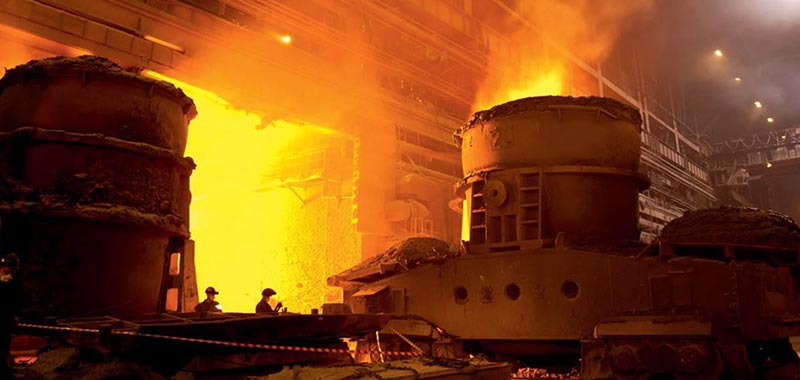
Photo courtesy of Severstal
The use of hydrogen in the steel making process is an important topic affecting manufacturers around the globe. Stainless Steel World spoke to Ilya Pavlov, Head of Decarbonization Projects at the Russian steel producer Severstal, about its strategy to move ahead with decarbonization.
While many companies in the steel sector only consume polarized coal, Severstal consumes a substantial amount of natural gas in its blast furnaces, a cleaner way to produce steel. “We have several projects ongoing, mostly at the R&D stage,” begins Mr. Pavlov. “Natural gas already contains hydrogen molecules, but to decarbonize the blast furnace further, we need to find a way of feeding it with some amount of pure hydrogen in addition to natural gas.”
The biggest challenge the company faces is the price of hydrogen and its availability in industrial quantities. In order to its feed blast furnaces with pure hydrogen, the company would need tens of tonnes per year.
“The more obvious way to use hydrogen is to produce steel using DRI and electric-arc furnaces. First, natural gas is reformed into so-called syngas – hydrogen and CO. It is then need-fed into the Direct Reduced Iron (DRI) furnace, thereby reducing iron oxide to iron and combining it with scrap in the electric-arc furnace to make steel. The carbon footprint of this method is much smaller compared to the blast furnace and converter method.”


